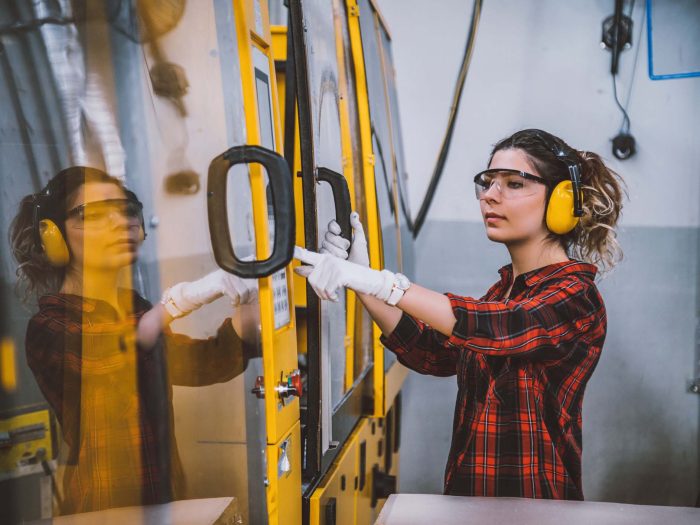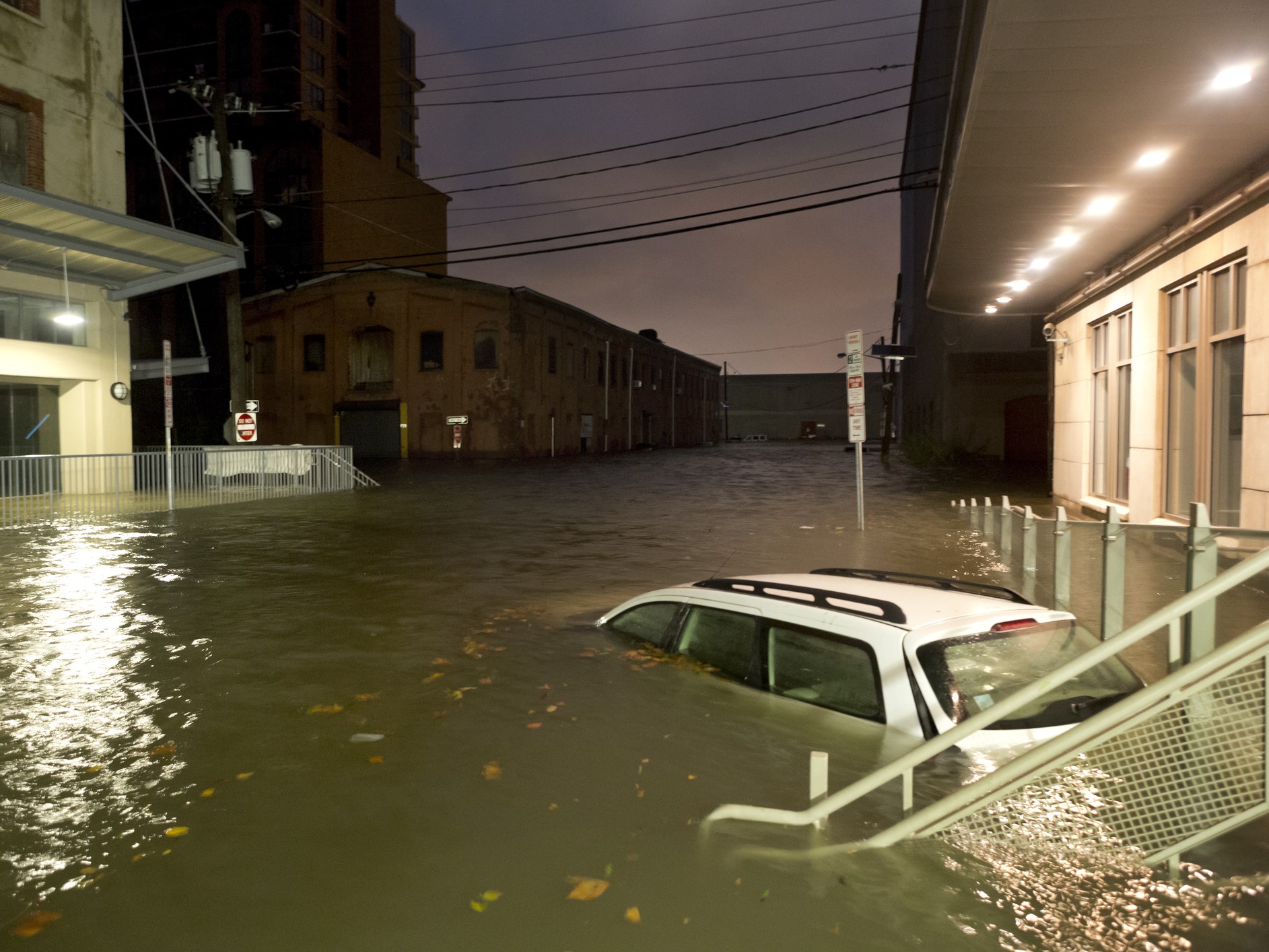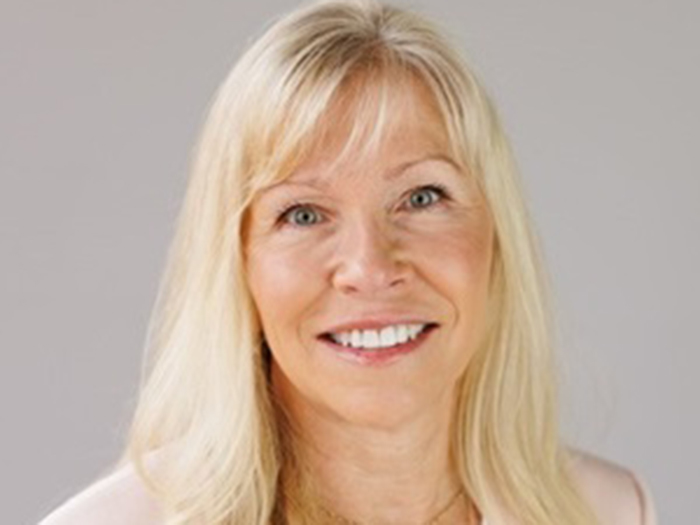Watch Out for These Safety Issues in the Manufacturing Sector. These Strategies Can Help Address Them.

The manufacturing industry has been hard hit by COVID-19, with the pandemic exacerbating three core challenges the industry was already facing: difficulties hiring and retaining qualified labor, experienced workers aging out and significant workplace related injury rates.
Despite the rocky start, the decade ahead has the potential to be safer and more innovative than this bleak beginning suggests.
Finding the Next Generation of Workers
Addressing the manufacturing sector’s labor shortage was among the priorities of the American Rescue Plan Act signed into law by President Biden in March of this year. The law grants $3 billion to the U.S. Department of Commerce’s Economic Development Administration (EDA) to “assist communities nationwide in advancing their coronavirus recovery and resiliency strategies.”
Vocational training organizations are banking on a portion of the EDA funding reaching manufacturing regions, such as the Great Lakes area, struggling to fill the 889,000 manufacturing job vacancies nationwide as reported by the Bureau of Labor Statistics in July of this year.
Despite the rise in COVID-19 variants making the nation’s economic future even more uncertain, the manufacturing sector can expect to see a greater federal priority placed on goods, products and materials made in the U.S. given President Biden’s January 2021 executive order aimed at “Ensuring the Future is Made in All of America by All of America’s Workers.”
The EDA investment and Biden’s “Made in America” executive order have raised hopes that a new generation of well-prepared manufacturing workers will eventually emerge. In the interim, manufacturers still need to focus on making sure that all workers being onboarded receive as much training as possible.
Attracting and retaining qualified talent is a huge challenge for manufacturers today, according to Brian Kramer, Manufacturing Industry practice leader for The Hartford. Safely bringing new workers onboard takes time and must include thorough training.
“There’s a learning curve for onboarding,” Kramer said. Claim data from The Hartford has shown that the learning curve for new workers with a year or less of experience is steep and closely tied to injury rates.
Employees with one year or less of experience accounted for 35% of claim volume compared to 15% by teammates with at least 1 to 2 years of experience, according to The Hartford. The takeaway is clear. Experience and retraining are critical to keeping workers safe.
Workplace Safety Struggles
Despite some experts noting an overall decline in work-related injuries over the last decade thanks to advances in technology and the implementation of ergonomics programs, the manufacturing sector still has work to do to improve worker safety.
According to the Bureau of Labor and Statistics, the nation’s manufacturing sector reported 15% of non-fatal work-related injuries and illnesses in 2019 with 65,000 job-related injuries resulting in 32,000 days missed by manufacturing employees.
Short-term training could help new workers find safer ways to tackle the steep learning curve. Among the six key recommendations offered to the Biden Administration and Congress on “what an effective, equitable plan to revitalize American manufacturing needs to include,” the National Skills Coalition (NSC) proposed an expansion of short-term training and flexible apprenticeships. Helping the manufacturing workforce adapt to new technologies was also among NSC’s key recommendations.
To help encourage workplace safety in the manufacturing sector, a March report from McKinsey shines the light on manufacturers who place workforce safety and innovation as priority. Referred to as “lighthouses,” manufacturers who implement Fourth Industrial Revolution (4IR) technologies have seen substantial growth and profits all while enabling workers to realize their potential as well.
To be a lighthouse, manufacturers must place “training, reskilling, and upskilling” at the forefront to keep their workforces optimized. “Lighthouses keep people at the center of their 4IR transformations with a focus on inclusive growth,” according to McKinsey. “This workforce engagement is essential to successful scaling, and scaling is essential for 4IR technologies to accelerate growth.”
Since 2018, the World Economic Forum has been recognizing “lighthouses” in an effort to accelerate widespread adoption of advanced technologies among manufacturers worldwide.
The U.S. is home to 7 of 69 lighthouses around the world. U.S. lighthouses include companies producing biotechnology, oil and gas, electrical components and medical devices.
Creating a Culture of Safety with Education and Technology
“Promoting worker safety goes beyond just the safety manual or handbook,” said Kramer.
Investing in onsite engineering controls such as vacuum-assisted lifts, for example, has been found to help workers avoid overexertion. Performing daily, weekly, and monthly maintenance on production lines is also essential in keeping manufacturing workers safe.
“It’s really about creating a culture that’s committed to [and] very much focused on safety and accountability,” said Kramer.
Safety and accountability must be top priority for manufacturers looking to fill the gaps. The Hartford urges policy holders to ensure that company-sponsored health and safety programs are in place.
Regarding workers as “industrial athletes” and giving them the appropriate support is key. Investing in a proper manual training and education program that is applicable, engaging and scalable can help.
Programs aimed at helping workers make behavior changes will go a long way to avoid claims, such as those that train workers to instinctively practice safe lifting and perform conditioning exercises and stretches.
Take injury reduction results shared by Coca Cola Bottling Co. in 2020. After implementing an interactive “bootcamp” training program for workers that also included “train-the-trainer” education for onsite supervisors, the company saw a 60% decline in ergonomic injury rates and a 70% decrease in workers’ comp claim costs.
Helping workers adopt occupational exoskeletons commonly referred to as “wearable” technology can also aid in preventing work-related musculoskeletal disorders (WMSDs) that lead to injury claims.
Wearables such as exoskeletons are functional and assist in improving ergonomics. Other devices such as clips and vests may support diagnostics – capturing data and providing haptic feedback.
Belts that improve posture and gloves that record how employees are using their hands are also among the devices used in tracking biomechanical movements to identify and “prevent repetitive motion injuries before they happen,” as noted by Kramer.
“It’s really important to remember that these aren’t GPS devices. The devices track biomechanical movements such as lifting, bending and posture,” Kramer said, acknowledging hesitancy among workers that often arises when companies integrate wearables.
Communicating how wearable devices work and providing compelling rewards and incentives for employees to participate and respond to the coaching and feedback from the devices increases adoption and effectiveness of the programs.
Manufacturers can also put their existing camera infrastructure to work to promote safety. Cameras can be equipped with software and computer vision that allows them to sense unsafe working conditions.
The software allows cameras to identify unsafe working conditions in real time and generate notifications to a safety or production floor manager. According to Kramer, “this technology simply expands the vision of management across the floor to ultimately promote safety.”
Working Together with a Risk Engineering Team to Minimize Exposure
Risk consulting partnerships and onsite injury prevention programs can help promote safety in manufacturing and assist in preventing workplace injuries. Manufacturers should consider who their trusted partners are that have the know-how to identify and recommend risk mitigation solutions.
The Hartford’s Risk Engineering consultants work with manufacturers to identify risks common in the manufacturing industry and specific to the unique operations of the individual organization.
Machine guarding, industrial ergonomic assessments, slip-trip-and-fall exposures and indoor air quality are but a few of the occupational safety risks these consultants may encounter. They provide tailored, practical advice to help policyholders not only reduce or prevent risk, but potentially improve operational efficiency and the bottom line as well.
The Hartford’s Risk Engineering consultants also consider alternative technologies that could eliminate exposures. Through return-on-investment (ROI) studies, they help policyholders identify whether devices, such as vacuum lifts, machine guards or an industrial hygiene solution, for example, are worth the investment. The Hartford is one of only four carriers with an in-house industrial hygiene laboratory that gives them the ability to test air quality and noise levels.
In the realm of injury prevention, The Hartford created a new and unique Health Services offering which is different than the existing Risk Engineering solutions.
The Health Services offering is for both policy holders and non-policy holders and offers customized programs geared at meeting manufacturing risk-specific needs for the industrial athlete. By partnering with a vendor, Unify Health Services, the program includes onsite and virtual services such as physical demand analyses, post-offer employment testing as well as customized exercise and stretching programs.
On average, clients participating in the onsite program have seen a 67% reduction in musculoskeletal injuries over an 18-month period.
As Kramer notes, “It’s about preventing, reducing, or eliminating the severity or claim before it ultimately happens.” &











